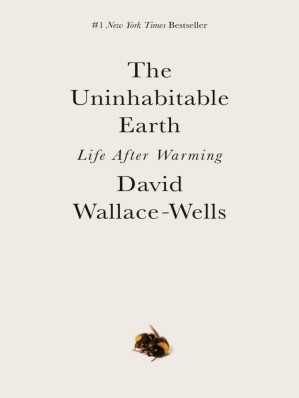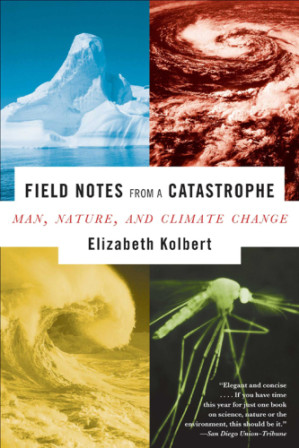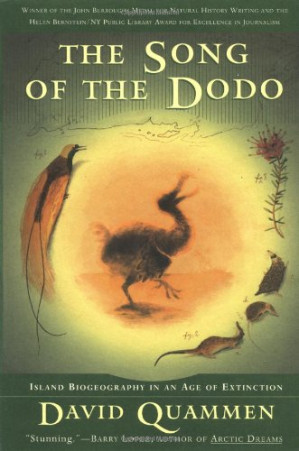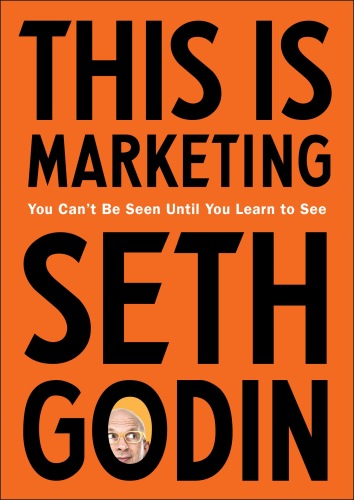The Sixth Extinction: An Unnatural History represents Elizabeth Kolbert's comprehensive investigation into the current biodiversity crisis. Drawing on fieldwork across multiple continents and interviews with leading scientists, Kolbert documents how human activities are driving species extinction at rates comparable to previous mass extinction events like the one that wiped out the dinosaurs.
The book examines specific case studies including amphibian die-offs, coral reef bleaching, bat population collapses, and the disappearance of large mammals. Kolbert places these contemporary events in the context of Earth's geological history, showing how human impact represents a new geological force. The work won the Pulitzer Prize for General Nonfiction in 2015.









